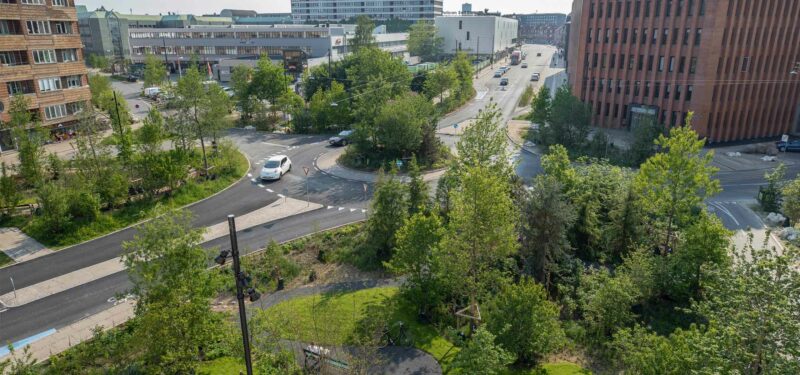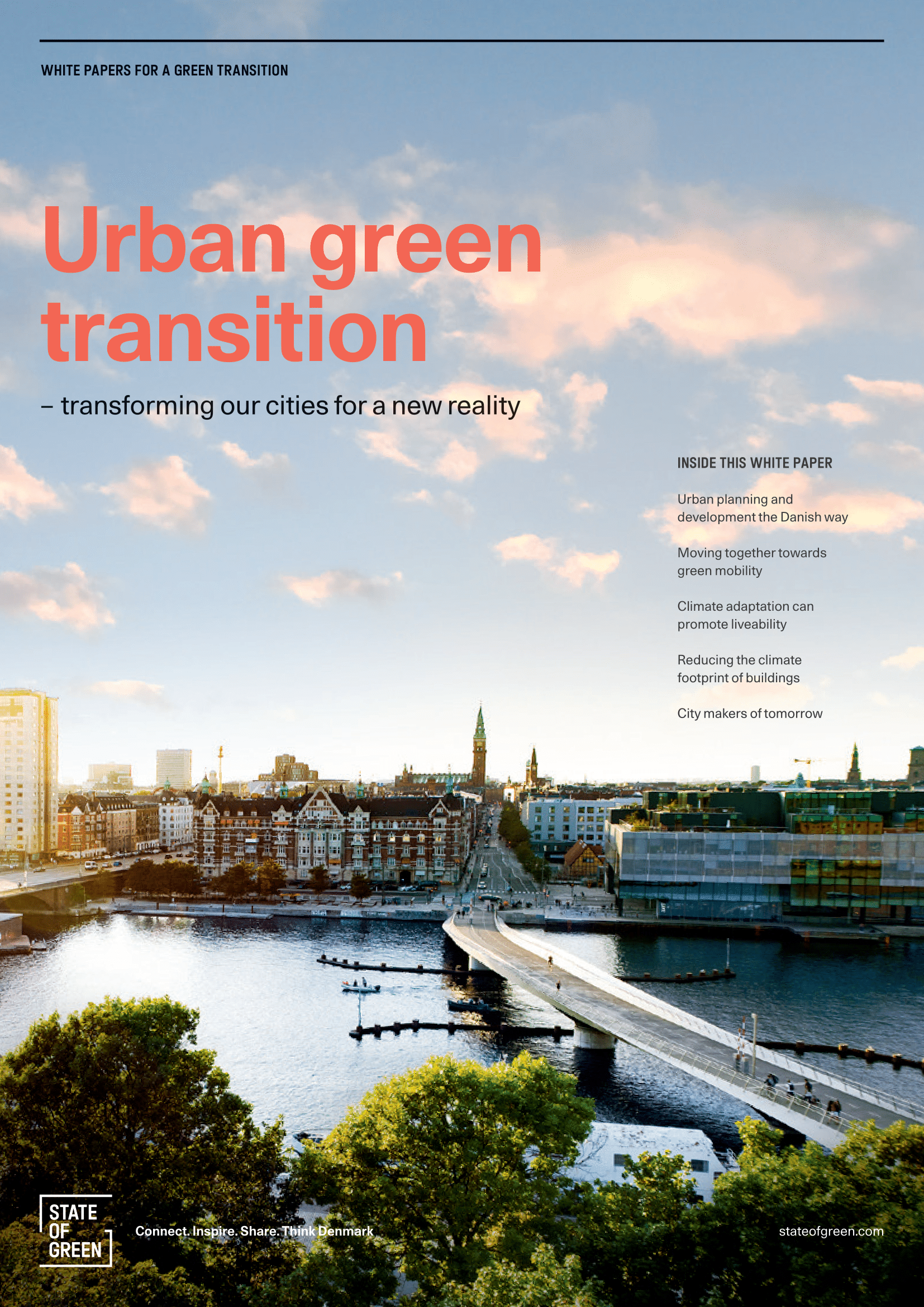Solution provider

The City of Copenhagen is a world leader in green growth and well on its way to become carbon neutral by 2025.
Case
Climate change adaptation


The City of Copenhagen is a world leader in green growth and well on its way to become carbon neutral by 2025.
Add the case to your visit request and let us know that you are interested in visiting Denmark
The climate quarter at Østerbro in Copenhagen illustrates the visions of the Copenhagen Cloudburst Management Plan. Here solutions to reduce flooding during extreme rainfall goes hand in hand with increased biodiversity, greening the city and creating new recreational spaces for the citizens.
In July 2011 Copenhagen experienced a massive cloudburst. In a short period of just around 2 hours the city received an average of 150 mm of rain. This created problems with flooding of homes, businesses and streets in the city, and it showed the vulnerability of the city. Hospitals lost power because of flooding and critical infrastructure was damaged.
It was an example of what the city can expect in the future – with more intense rainfall. And it demonstrated that the city needed to do something about it.
The city of Copenhagen had already before the cloudburst prepared a climate adaptation plan that was politically approved in 2011. This plan looked at all potential challenges that the city would be facing due to climate change, and identified the biggest risks for the city: Increased rainfall and rising sea levels.
The plan also had some ideas for action, but not on the level that was initiated after July 2011. The events led to the development of the Cloudburst Management Plan.
This plan covers the entire city – and works on establishing a new storm water infrastructure to supplement the existing combined sewer system. The cloudburst plan works mainly on the surface – giving the opportunity to do urban space improvement along with the storm water management features.
The climate quarter is the first quarter to have a finished piece of infrastructure – going all the way from the top of the neighbourhood and to the harbour.
The results of the work in the climate quarter are multiple. First of all the projects reduces the risk of flooding in the neighbourhood significantly. Water can be managed in the green areas – excess water is transported away from buildings etc.
Secondly the projects at Skt. Kjelds Square and Tåsinge Square have added urban space qualities to the neighbourhood. They have transformed two places that had very little recreational value into green urban spaces that can support urban life, cafes and help create a sense of place and community in the area.
The areas have also a future potential to reduce urban heat island effect by the increased green spaces.

This case is a part of the white paper “Urban green transition”:
A 40-page showcase of why holistic and strategic city planning and development within mobility and infrastructure, climate adaptation, as well as environmentally conscious architecture and construction, must take centre stage in the transformed cities of tomorrow.
Explore the white paper